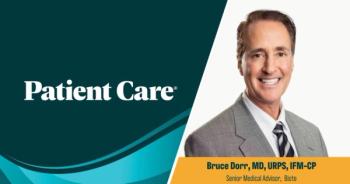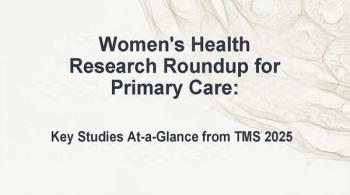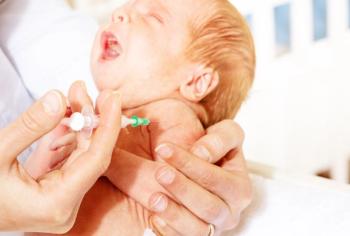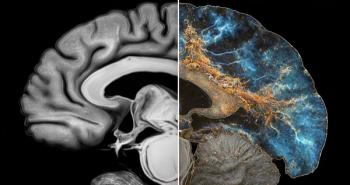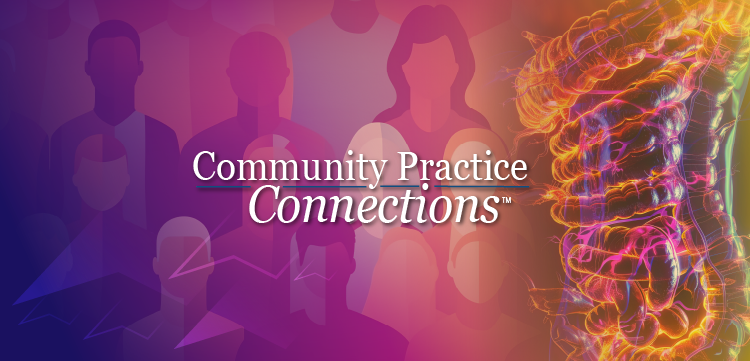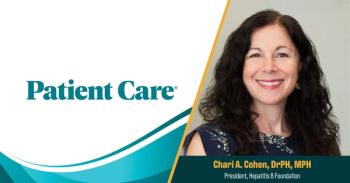
Sanofi, Regeneron's IL-33 mAb Misses Primary Endpoint in Late-Stage COPD Trial
Itepekimab performed well in the phase 3 AERIFY-1 trial but fell short of anticipated outcomes in AERIFY-2, prompting further analysis after the mixed results.
The investigational interleukin (IL)-33 inhibitor itepekimab demonstrated a statistically significant 27% reduction in moderate or severe COPD exacerbations at 52 weeks in former smokers in the AERIFY-1 phase 3 trial (n=1,127), while a second identically designed study, AERIFY-2 (n=953), failed to meet the same primary endpoint despite showing early benefits, Sanofi and Regeneron announced today.
AERIFY-1 achieved its primary endpoint with both dosing regimens of the fully human monoclonal antibody—every 2 weeks and every 4 weeks—administered subcutaneously as add-on therapy to standard inhaled treatments. The every-2-week regimen (n=375) reduced exacerbations by 30% at week 24 and 27% at week 52, while the every-4-week regimen (n=377) showed 34% and 21% reductions at the same timepoints, respectively, compared to placebo (n=375).
In contrast, AERIFY-2 participants receiving itepekimab every 2 weeks (n=326) experienced only an 18% reduction at week 24 and 2% at week 52, while the every-4-week group (n=303) showed 21% and 12% reductions compared to placebo (n=324). Formal significance testing was performed only at 52 weeks, with both dosing arms in AERIFY-1 achieving statistical significance.
"While we are encouraged by the results of AERIFY-1, the results of both studies merit further exploration to have a full understanding of the data and the role that IL33 plays in this complex disease," Houman Ashrafian, MD, PhD, Sanofi executive vice president, head of research and development, said in a statement.
"Certain people with COPD are in desperate need of new treatment options, especially those who continue to experience exacerbations despite being on maximal therapy, and we remain committed to discussing these data with regulatory agencies to evaluate our path forward."
Both trials enrolled adults aged 40-85 years who were former smokers with moderate-to-severe COPD, defined as those who had not smoked for at least 6 months. Patients received itepekimab as add-on therapy to either double therapy (ICS plus LABA or LAMA plus LABA) or maximal standard-of-care inhaled triple therapy (ICS, LABA and LAMA).
The companies noted that total exacerbation numbers fell below prospectively anticipated levels, reducing statistical power in both trials. Enrollment occurred largely during the COVID-19 pandemic, which may have contributed to overall lower exacerbation rates, they stated.
Safety Profiles
Safety profiles remained consistent across dosing regimens. In AERIFY-1, overall adverse event rates were 67% and 68% for the every-2-week and every-4-week arms, respectively, compared to 68% for placebo. AERIFY-2 showed rates of 64% and 71% for the respective dosing arms versus 64% for placebo. Serious infection rates in AERIFY-1 were 7% for each itepekimab arm compared to 10% for placebo, while AERIFY-2 showed rates of 10% and 7% for the dosing arms versus 7% for placebo. Fatal adverse events occurred in 1% of each itepekimab arm compared to 2% for placebo in AERIFY-1, and 3% for each arm compared to 2% for placebo in AERIFY-2.
"COPD is a particularly complex disease, and novel approaches are needed to address the multiple underlying biological disease driver," George D. Yancopoulos, MD, PhD, Regeneron board co-chair, president and chief scientific officer, said in the company statement. "We are proud of our work in this challenging treatment landscape, bringing [dupilumab] – the first-ever biologic medicine for COPD – to certain patients who previously had very limited options remaining. We are encouraged by the initial results from AERIFY-1 and are carefully reviewing the results from both itepekimab trials to inform next steps."
Itepekimab targets interleukin-33, an initiator and amplifier of broad inflammation in COPD that appears particularly elevated in former smokers' lungs. The drug remains under clinical investigation for chronic rhinosinusitis with nasal polyps (phase 3), non-cystic fibrosis bronchiectasis (phase 2), and chronic rhinosinusitis without nasal polyps (phase 2). Antidrug antibodies proved rare and showed no apparent impact on drug levels.
The companies plan to present detailed results at a future medical meeting while continuing discussions with regulatory authorities regarding next steps for the COPD indication.
References
Newsletter
Enhance your clinical practice with the Patient Care newsletter, offering the latest evidence-based guidelines, diagnostic insights, and treatment strategies for primary care physicians.

